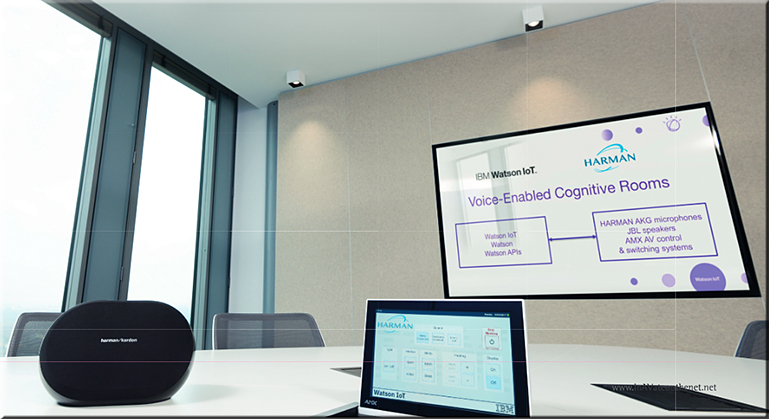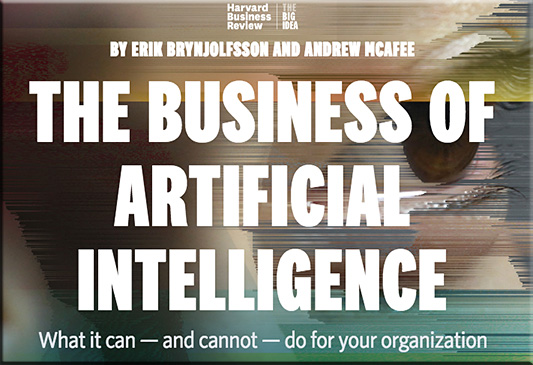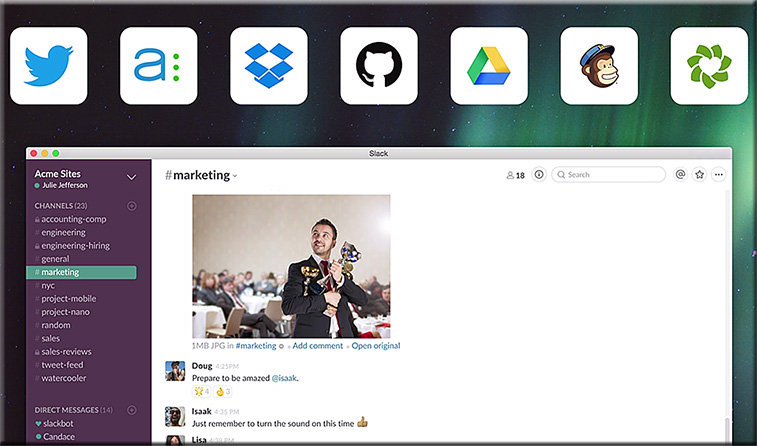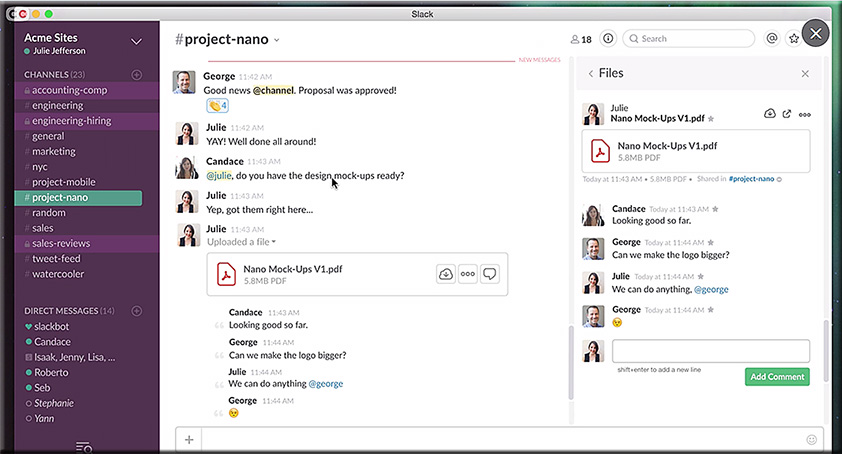Blockchain: Is it Good for Education? — from virtuallyinspired.org
Excerpt:
What is Blockchain?
Blockchain is a public ledger type database made up of records called blocks that are linked together like a chain. It is a shared unchallengeable ledger for recording the history of transactions. Here, the ledger records the history of academic accomplishments. An education ledger (blockchain) could store academic information such as degrees, diplomas, tests etc. It could be kind of digital transcript.
A Few Potential Applications of Blockchain
- Learning Credentials Repository – A blockchain database of credentials and achievements can be a secure online repository. Digitized records/blocks replace paper copies for sharing proof of learning and can be easily accessible and tracked. Blockchain can make it easy to access all of your academic accomplishments in a digitized and ultra-secure way. Each record is a block. Your records would be chained together and new credentials will be added as you go throughout your lifetime of learning.
- Lifelong Learning Building Blocks – Informal learning activities could be captured, validated and stored in addition to formal learning accomplishments. This can be as simple as noting a watched video or completed online lesson. We’re already seeing some universities using blockchain with badges, credits, and qualifications.
- Authenticating Credentials – Institutions, recruiting firms or employers can easily access and verify credentials. No more gathering of papers or trying to digitize to share. Blocks are digital “learning” records and come in multilingual format eliminating the painstaking task of translation.
What’s more, with diploma mills and fake credentials causing havoc for institutions and employers, blockchain solves the issue by providing protection from fraud. It has two-step authentication and spreads blocks across numerous computer nodes. It would take hitting over 51% of computers to falsify a block.
Sony and IBM have partnered and filed patents to develop a blockchain educational platform that can house student data, their performance reports and other information related to their academic records. Some universities have created their own platforms.
Also see:
Blockchain in Education — from by Alexander Grech and Anthony F. Camilleri
Context
Blockchain technology is forecast to disrupt any field of activity that is founded on timestamped record-keeping of titles of ownership. Within education, activities likely to be disrupted by blockchain technology include the award of qualifications, licensing and accreditation, management of student records, intellectual property management and payments.
Key Advantages of Blockchain Technology
From a social perspective, blockchain technology offers significant possibilities beyond those currently available. In particular, moving records to the blockchain can allow for:
- Self-sovereignty, i.e. for users to identify themselves while at the same time maintaining control over the storage and management of their personal data;
- Trust, i.e. for a technical infrastructure that gives people enough confidence in its operations to carry through with transactions such as payments or the issue of certificates;
- Transparency & Provenance, i.e. for users to conduct transactions in knowledge that each party has the capacity to enter into that transaction;
- Immutability, i.e. for records to be written and stored permanently, without thepossibility of modification;
- Disintermediation, i.e. the removal of the need for a central controlling authority to manage transactions or keep records;
- Collaboration, i.e. the ability of parties to transact directly with each other without the need for mediating third parties.
Sony wants to digitize education records using the blockchain














